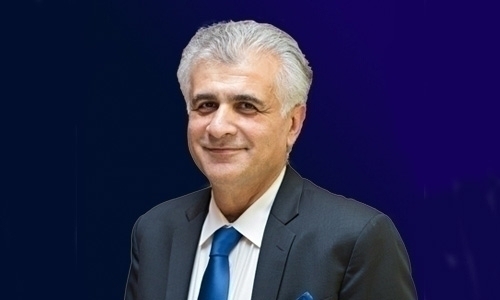Styles of leadership
Leadership can be the defining factor between whether a senior manager makes the leap into a c-level position. Understanding what type of leader you are and other types you can apply in certain situations can be a useful tool to help you stand out to your boss.
Find out what type of leadership style fits you and your company best, so you can begin to cultivate it and gain unprecedented results and gratification for that promotion you’ve been longing for.
AUTOCRATIC
An autocratic leader leads solely on the authority they assumed from their position. They control the efforts of their team and monitor their performance under close scrutiny.
Made famous in the early ages and ancient empires, autocratic leadership styles have fallen out of favour in the training manuals of today but it can still be found amongst some organisations today.
COMMAND AND CONTROL
Similar to the autocratic style of leadership, this leader is a stern task maker using disciplinary repercussions when tasks are not met or to an unsatisfactory level.
Although the leader will follow the rules they set, they will have complete control over when, why and how tasks are completed. This style is most effective in times of real urgency or when safety is at stake (such as a fire evacuation).
DEMOCRATIC
Democratic leadership style is the most common in the 21st Century. The input from its employees and management is valued and discussed together with a decision being made only when a high majority agree upon it.
It is effective as it boosts employee morale as they feel like a valued member of the organisation, having been part of the decision making process. It helps the change process become implemented easier, moreso than other leadership styles, as employees have been a part of the conclusion.
AFFILIATED
This type of leadership style places emphasis on creating harmony among their leaders followers. It is this harmony that will enable problems and conflicts to be solved as everyone works together.
The leaders praise their employees often to build this culture, however a key drawback about this style is that often times poor performance tends to be swept under the rug. This can be harmful when the company is dwindling and a stronger more autocratic approach may be necessary.
PACE-SETTER
This leader as you probably could have assumed leads by example. They follow the high performance standards set by themselves and expects the same of their team.
The challenges this style faces is usually it is in a subject area the leader is passion about. If you have employees who share a similar passion, great, however an imbalance of passion may mean the high pace the leader sets is not sustainable and employees burn out from the workload.
LAISSEZ-FAIRE
The Laissez-Faire leader tends to have a hands off approach in their leadership methods, relying and trusting the word of the employee to get what they have been told to get done. With no supervision or leadership development, this often works for highly skilled and individual employees but not for those needing such oversight. If you wrongly categorize your employee as the former, you can see poor production and efficiency costs creep in.
VISIONARY
A visionary leader has an idea and inspires others around them to follow them in the needed direction. They lead through inspiration and motivation, giving positive thoughts into believing that this vision is best for the greater good.
Arguably the most famous visionary leader was Dr. Martin Luther King and his racial equality movement.
COACHING
This type of leader helps the development of its employees for future growth. One of the most prevalent leadership styles among senior managers today, this type of leader is very effective in settings where performance or results need improvement, but not complete re-structuring.
Placing higher values on the skills already possessed by their employees and developing their weaknesses, this is an effective means of leadership as the leader makes the decision, yet communication is two-way.
Related Posts

